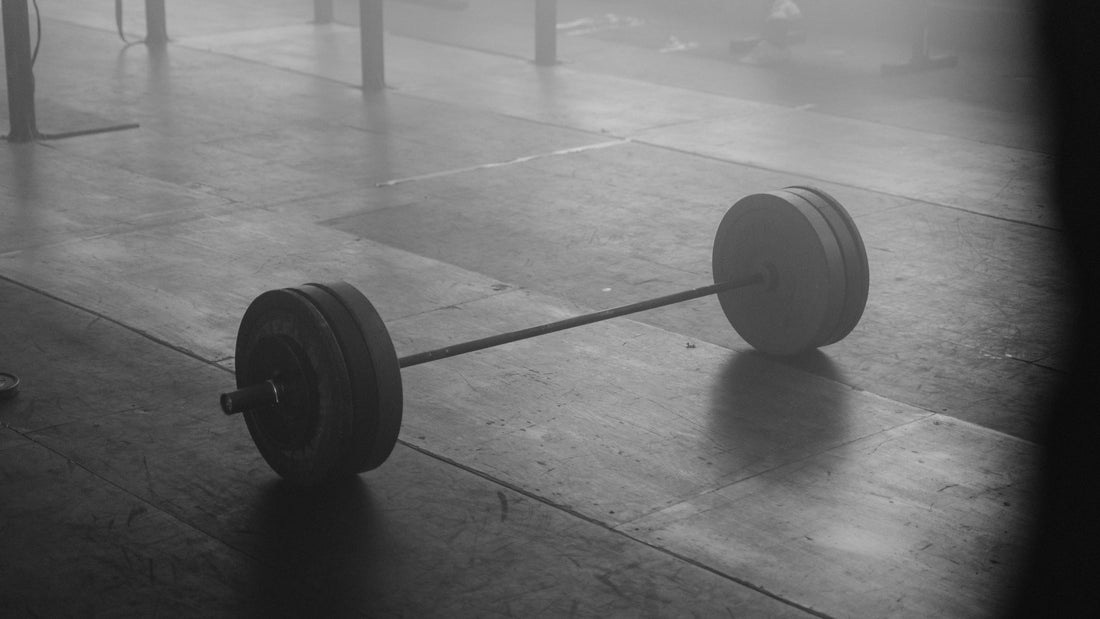
Thick Bar Grips: Build Forearms Without Tanking Your Main Lifts
Share
Thick bar grips—adapters that widen the handle so your fingers can’t close fully—are a classic way to hammer forearms and crush grip. They force more motor units to fire in the lower arm, reduce cheating, and add variety to pressing and pulling. Like any great tool, they come with trade-offs: reduced load, fatigue that outpaces target muscles, and sometimes compromised positions if you widen when you shouldn’t. Here’s how to use thick bar grips intelligently—and exactly where PTI Grip and straps slot in so you don’t turn every session into a forearm death march.
What thick handles actually change
-
Finger recruitment: Because you can’t fully wrap, finger flexors work harder to hold.
-
Fatigue rate: Grip tires fast—sometimes faster than lats, glutes, or pecs.
-
Bar control: On dynamic lifts, thick handles can wobble if wrists and forearms aren’t up to it.
(For a broader lens on hand capacity, see grip strength on Wikipedia.)
When they make sense
-
Arm-focused days: Rows, curls, and carries benefit when the goal is forearm/hand development.
-
Variation blocks: In hypertrophy or GPP phases, thick handles provide a new stimulus for a few weeks.
-
Accessory emphasis: Pair with moderate loads and strict tempo to target lower arms without wrecking your main lifts.
When they don’t
-
Peaking heavy deadlifts or cleans: You’re trying to express total-body strength, not cap it with hand fatigue.
-
Technical complexes: If handle instability ruins bar path, save thick grips for simpler patterns later in the session.
Practical progressions
-
Start with carries: Farmer’s walks using thick grips build capacity with low technique risk.
-
Add rows and curls: Keep reps smooth and controlled; chase forearm burn, not sloppy motion.
-
Advance carefully to pulls or presses: Only when you can stabilize the handle without wrist collapse.
The pairing that keeps training productive
-
Straps for real load: On your main lifts where performance matters, use your regular bar diameter and strap the top sets if fingers are the bottleneck.
-
PTI Grip for flow and consistency: Thick bar grips are slow to add/remove across stations. PTI Grip snaps onto standard handles for reliable traction during warm-ups, back-off work, and machines while preserving bar feel.
-
Rotate tools block-to-block: Follow a mesocycle emphasizing thick handles with one that emphasizes hook or mixed grip deadlifts. The common thread: the same PTI Grip + straps combo to control fatigue while you build strength.
Take a closer look at the clamp that keeps the rest of your session moving: PTI Grip. Learn the journey behind it: Our Story.
A weekly layout that actually works (no tables needed)
-
Day 1 — Heavy deadlift: Raw grip on warm-ups; straps on top sets; PTI Grip on back-off volume. Finish with short farmer’s carries bare-handed.
-
Day 2 — Upper hypertrophy: Rows and curls with thick grips early; press variations with standard bars; PTI Grip for machine work to keep pace high.
-
Day 3 — Conditioning/flows: Trap-bar carries, sled drags; PTI Grip speeds transitions without chalk clouds.
Thick gains, smart lifts: Use thick bar grips as a targeted stimulus, not a permanent constraint. Train your hands hard on purpose, then remove the limitation so your big lifts can climb. Keep straps for the heaviest sets, and reach for PTI Grip everywhere you need immediate traction without rewrapping or leaving a mess. That’s how “better grip” turns into more weight on the bar, more clean reps, and more progress—week after week.
